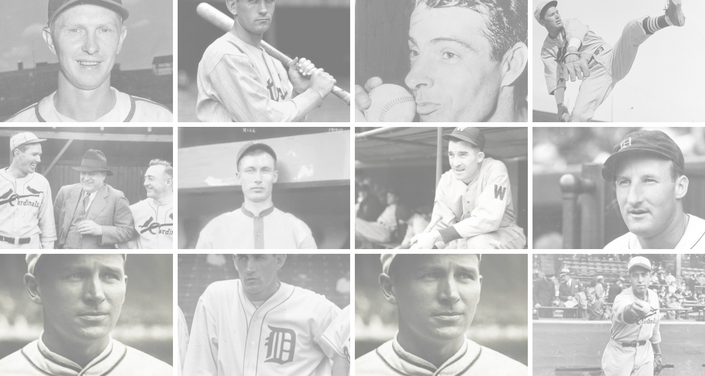Chicago ace Claude Passeau tosses a five-hitter and doesn’t allow a runner past first base after the 1st inning as he beats the Reds, 1 – 0. Paul Derringer takes the loss.
Chicago ace Claude Passeau tosses a five-hitter and doesn’t allow a runner past first base after the 1st inning as he beats the Reds, 1 – 0. Paul Derringer takes the loss.



